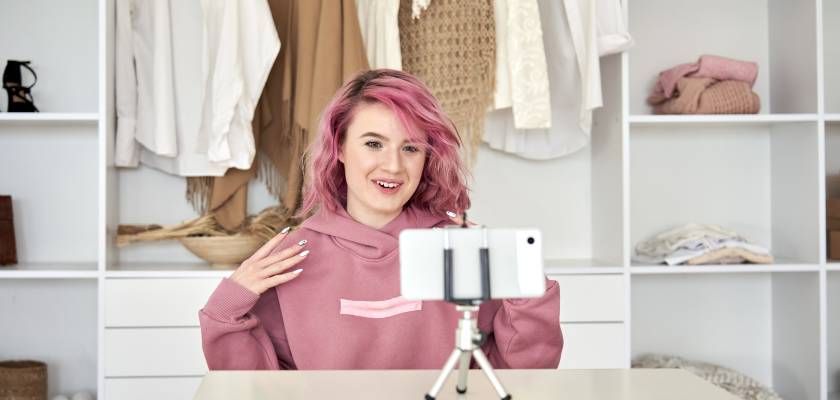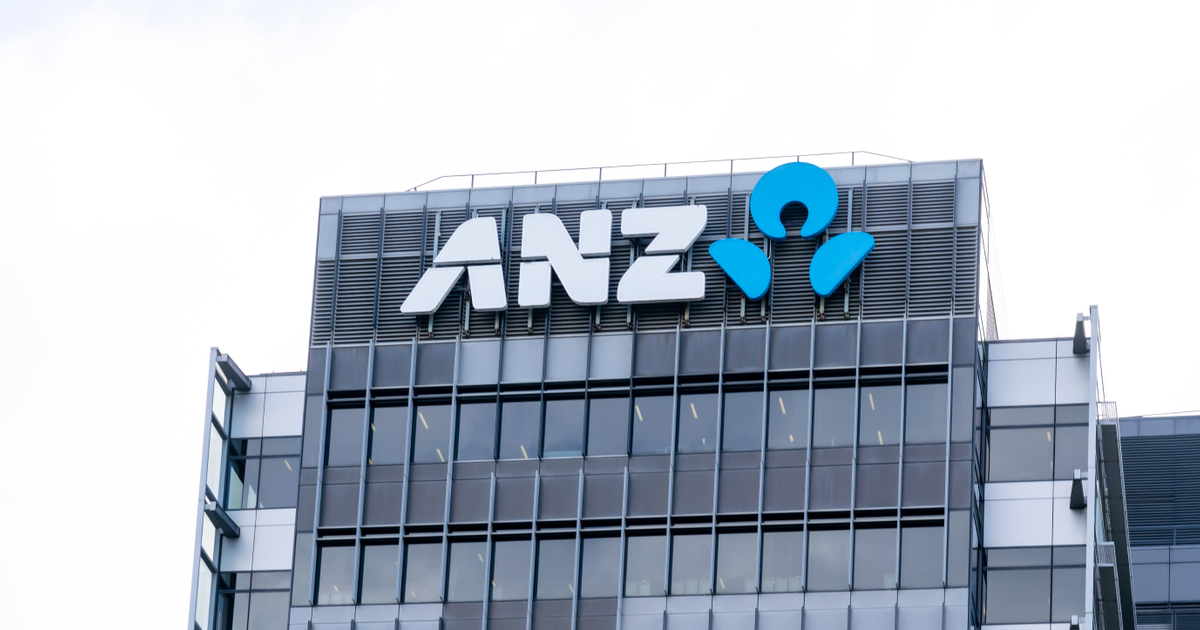User-Generated Content Done Right: Insights & Examples by Leading Brands
It is now more crucial than ever for brands to use visual social proof in their online marketing campaigns. And that leads us to think about user-generated content. Through that blog, we’ll be finding out the best UGC practices...

It is now more crucial than ever for brands to use visual social proof in their online marketing campaigns. And that leads us to think about user-generated content. Through that blog, we’ll be finding out the best UGC practices by analyzing real-world examples.
Keep reading.
What is a User-Generated Content Campaign?
In the simplest terms, a user-generated content campaign is a marketing strategy that encourages consumers to create and share their content, in the form of photos, videos, reviews, or social media posts, featuring a brand’s products (or services.)
Today, that kind of content is accepted as one of the most effective ways to increase engagement significantly. So, we are witnessing the rise of UGC each day.
“As social content creation and consumption rise in tandem with online shopping, shoppers now expect brands to provide them with more authentic, relevant, and personalized content experiences. Our findings show that UGC is the most influential content people look to when making online purchasing decisions, and people are willing to not purchase from brands that don’t deliver these types of experiences.”
Source: Shifts in Consumer Shopping Habits Data Report
We also know that from the same report, 79% of people say UGC highly impacts their purchasing decisions, and yes, that’s big. So, let’s find out more about UGC.
Why do Brands Need User-Generated Content Campaigns?
We all know that UGC is a powerful marketing tool, from building trust and engagement to providing cost-effective content and valuable insights. Given how effective this type of content creation is against uninteresting marketing, it is not surprising that it is becoming more and more popular. Take tourism marketing as an example; in areas that require “high” engagement rates from users, the importance of UGC rises above and beyond. So much so that, today, a great number of travel marketing agencies in the US solely focus on how to boost UGC.
As we mentioned above, UGC encourages interaction between the brand and its audience. And, by involving customers/users in content creation, brands foster a deeper connection. However, especially “when” do brands need UGC?
During a product launch, it’s clear how important generating buzz is. Brands – no matter their sizes – urge customers to share their experiences with the new product on social media. At the end of the day, it provides authentic reviews that can influence potential buyers. Apple is one of those brands using UGC for social media to showcase real user experiences with their latest products.
Similarly, brands can run hashtag campaigns to collect and share user-generated content. Remember Coca-Cola’s #RecipeForMagic campaign? The brand invited customers to post videos of their recipes, resulting in massive engagement and increased brand visibility.
Another benefit that user-generated content provides is that it creates a sense of community around brands. Content, seasonal & holiday promotions, and events are some of the ways to make it real. Starbucks’ annual “Red Cup Contest” is one of the most successful examples of that kind of marketing approach. Could there be a better way to celebrate the season together?
Speaking of building community, collaborating with influencers who create content around the brand’s products can also amplify reach and authenticity. Especially fashion & sports brands are good at featuring influencer content on their social media channels to showcase how real people style their products.
What’s more? Some brands use UGC to crowdsource ideas for new products or improvements. Fans are invited to submit their designs to LEGO’s “LEGO Ideas” platform, with the possibility of some of their creations becoming official sets. In addition to producing content, this also involves the community in the brand’s innovation process.
And finally, it is also possible for brands to highlight UGC related to their CSR efforts to show the impact of their initiatives. Brands highlight UGC related to their corporate social responsibility efforts to show the impact of their initiatives. TOMS, which gained popularity with its “One for One” program, often shares stories and photos from customers who have participated in or benefited from their charitable activities.
After we mentioned all these benefits, you may want to take advantage of UGC. To make the most of it, we recommend you check out how to hire social media marketing companies in the first place.
Real-World UGC Examples from Popular Brands
As of right now, we have only included a few actual examples from well-known companies; let us get started with more UGC.
Spotify
Spotify, one of the most popular streaming platforms, heavily invests in user-generated content in several innovative ways to optimize user engagement, personalize experiences, and build a community.
By encouraging users to create and share playlists, participate in collaborative playlists, and engage in annual campaigns like Spotify Wrapped, the streaming platform taps into the authentic voices of its users. Additionally, social sharing features and artist playlists deepen the connection between users and the platform, turning everyday listeners into active contributors.
In addition to listeners, Spotify encourages artists to be part of their social media presence:
Finally, the streaming platform, Spotify engages with fan-generated content by allowing users to create and share their love of music and artists:
Adidas
No doubt, Adidas is another great brand that loves UGC so much.
The brand effectively uses major sports events to generate user-generated content (UGC) and engage its audience. The famous brand encourages fans to share their experiences, whether wearing Adidas gear while participating in sports or showcasing their support for their favorite athletes and teams.
As marketers know, in Euro 2024, Adidas asked fans to post photos and videos of themselves enjoying the games, celebrating goals, or even performing football skills, tagging with a specific campaign hashtag.
The brand did the same thing for athletes as well!
This not only creates a wealth of authentic, relatable content that Adidas can share on its social media channels but also builds a strong, engaged community around the brand.
Coca-Cola
If we’re talking about user-generated content, then there is no way not to mention Coca-Cola. Coca-Cola masterfully uses user-generated content (UGC) to engage with millions of people globally.
As you may know, one of their most successful UGC campaigns is the “Share a Coke” initiative; by personalizing Coke bottles with common names and encouraging consumers to find bottles with their names on them, Coca-Cola prompted a massive wave of sharing. The company continues to use UGC to capitalize on excitement and emotions as it regularly launches seasonal and event-based campaigns.
Recently, Coca-Cola asked their followers/customers to share their recipes and get hundreds of user-generated videos.
TOMS
When it comes to promoting social impact initiatives via user-generated content, TOMS is the pioneer.
After making a huge wave with the “One for One” campaign, the brand often invites customers to post photos of themselves wearing TOMS shoes in various locations and share their personal stories.
TOMS, placing itself as a mental health advocate now, reinforces its brand’s mission and creates a sense of belonging among its customers, turning them into advocates who actively promote the brand’s values and products. By highlighting user stories, the brand extends its social impact through authentic, relatable content.
Fenty Beauty
Under the creative direction of Rihanna, Fenty Beauty shows all of us what the approach to user-generated content should be.
As widely known, the Fenty marketing strategy centers on diversity, which resonates deeply with a wide audience. That encourages users from various backgrounds to share their makeup looks and experiences with Fenty Beauty products – and yes, that fuels UGC.
Celebrating diversity and encouraging real customer stories works as a way to build a vibrant community. That kind of community, of course, continually promotes and supports the brand through authentic, user-generated content.
Rhode
Another beauty and skincare brand led by a famous figure, Rhode, engages with its audience on social media by liking, commenting, and sharing user posts. The brand’s reposts of user content serve as a testament to the effectiveness of its products and encourage more users to share their experiences.
The best part, Rhode showcases UGC on its website in addition to social media channels. By featuring real customers and their skincare journeys, the brand provides social proof and inspires potential customers.
In conclusion
User-generated content campaigns are a fantastic way to connect with their audience since they build trust, drive higher engagement, and save on content creation costs. As visual social proof becomes more critical in online marketing, incorporating UGC into your strategy can help your brand stand out and create genuine connections with your audience.
So, go ahead and boost your UGC efforts—your community is ready to help you shine!
Good luck!

 UsenB
UsenB 










![How to Build a Detailed Business Plan That Stands Out [Free Template]](https://blog.hubspot.com/hubfs/build-business-plan-fi%20%281%29.jpg#keepProtocol)

_1.jpg)


















